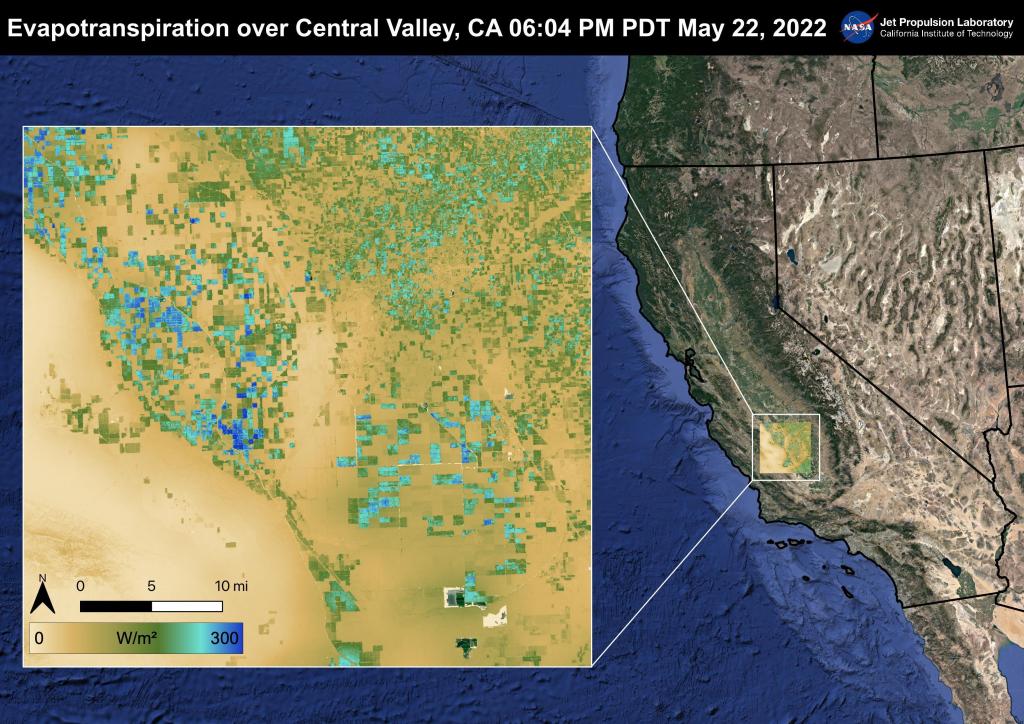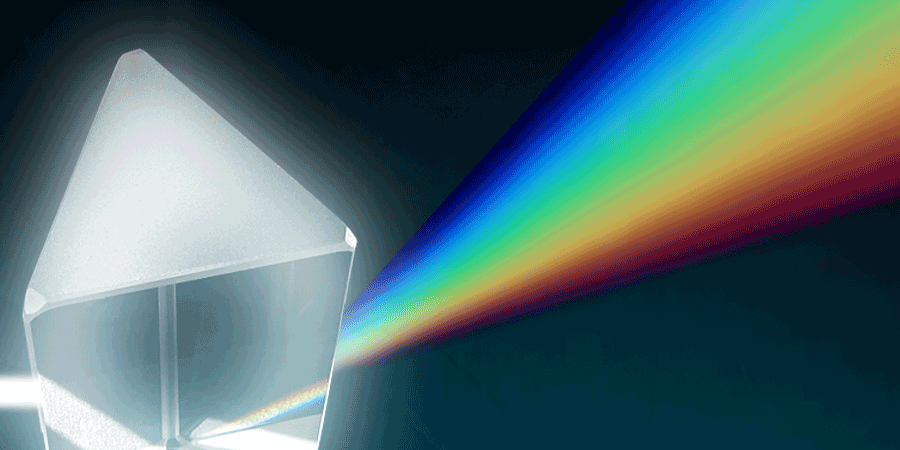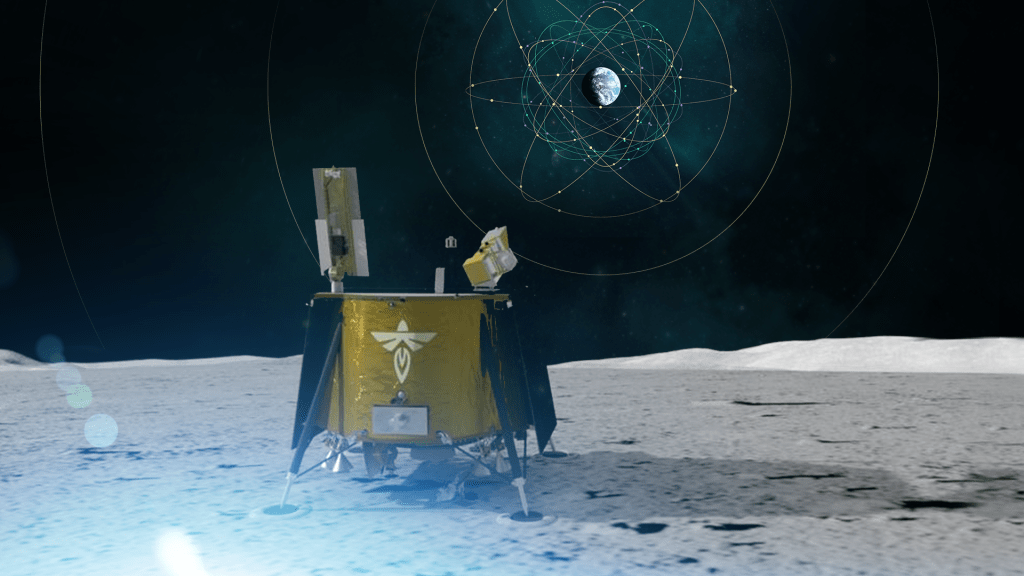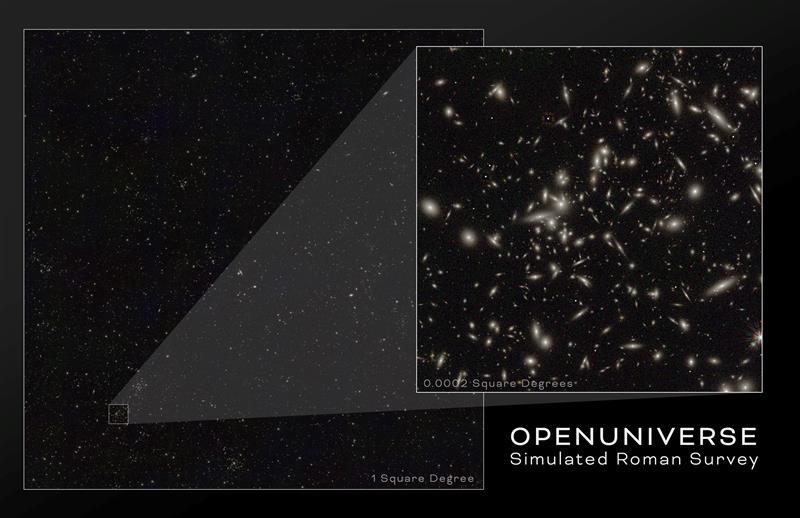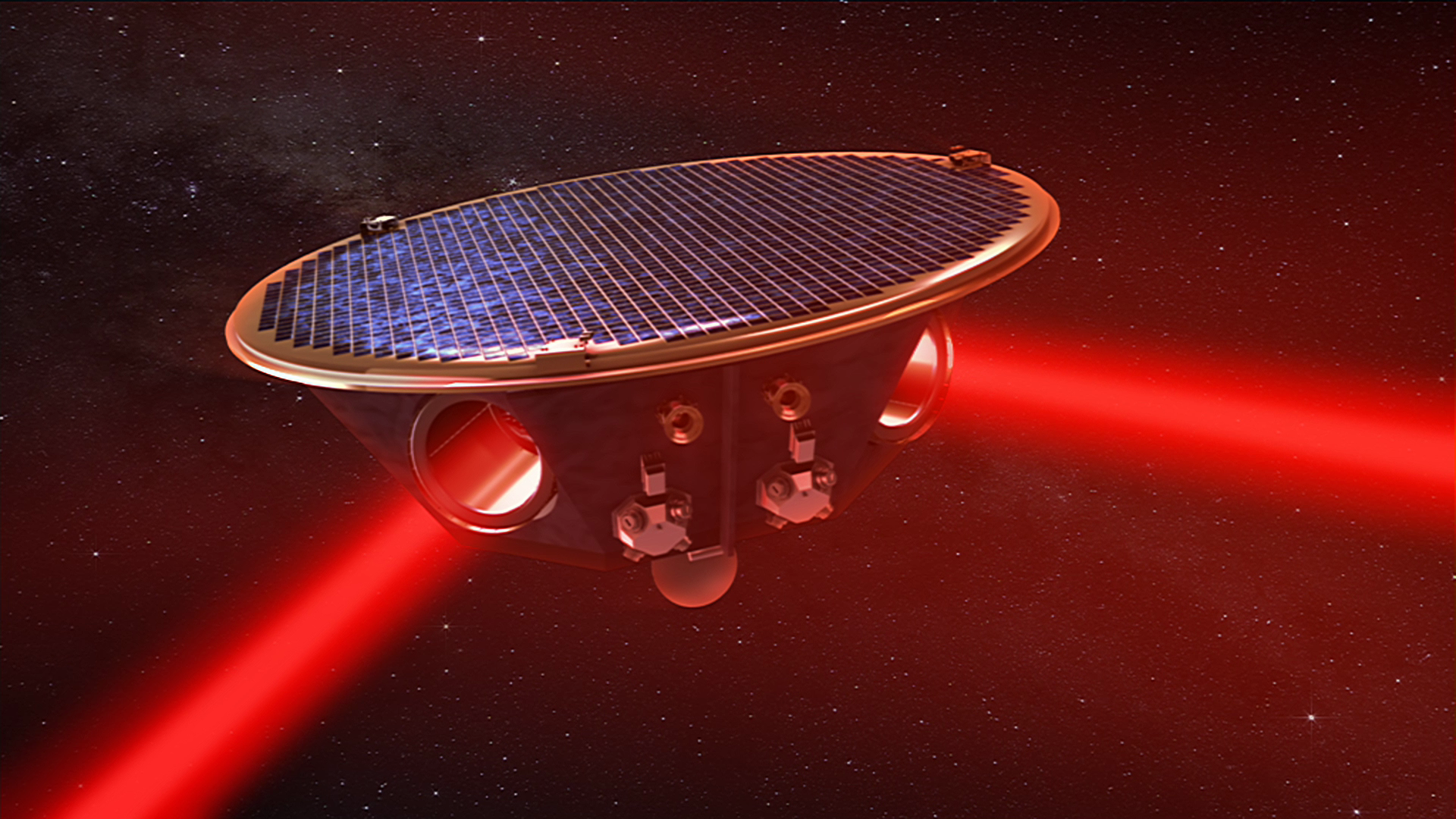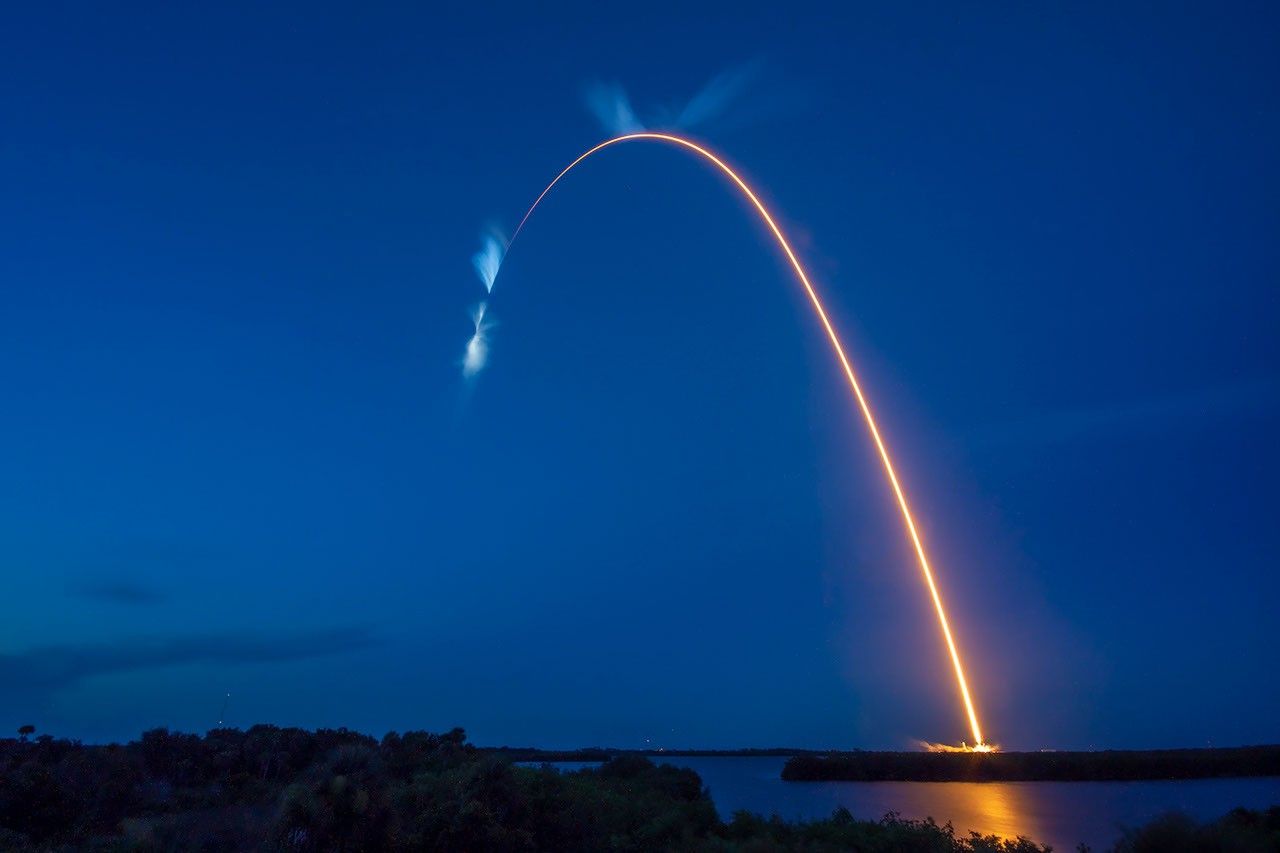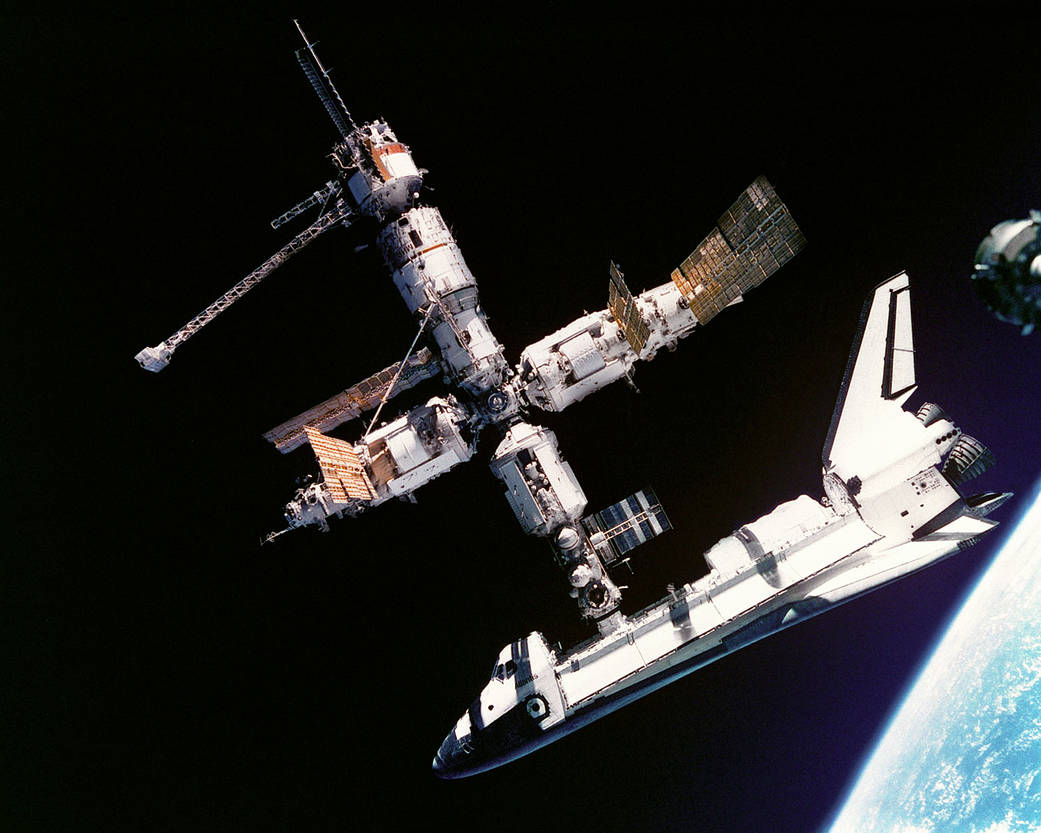
STS-76
STS-76 was the third docking between a U.S. space shuttle and the Russian Space Station Mir and was highlighted by the transfer to Mir of astronaut Shannon Lucid. Lucid became the first American woman to live on the station and commenced a continuous U.S. presence in space for the next two years.
Orbiter
Mission Duration
Launch
Landing
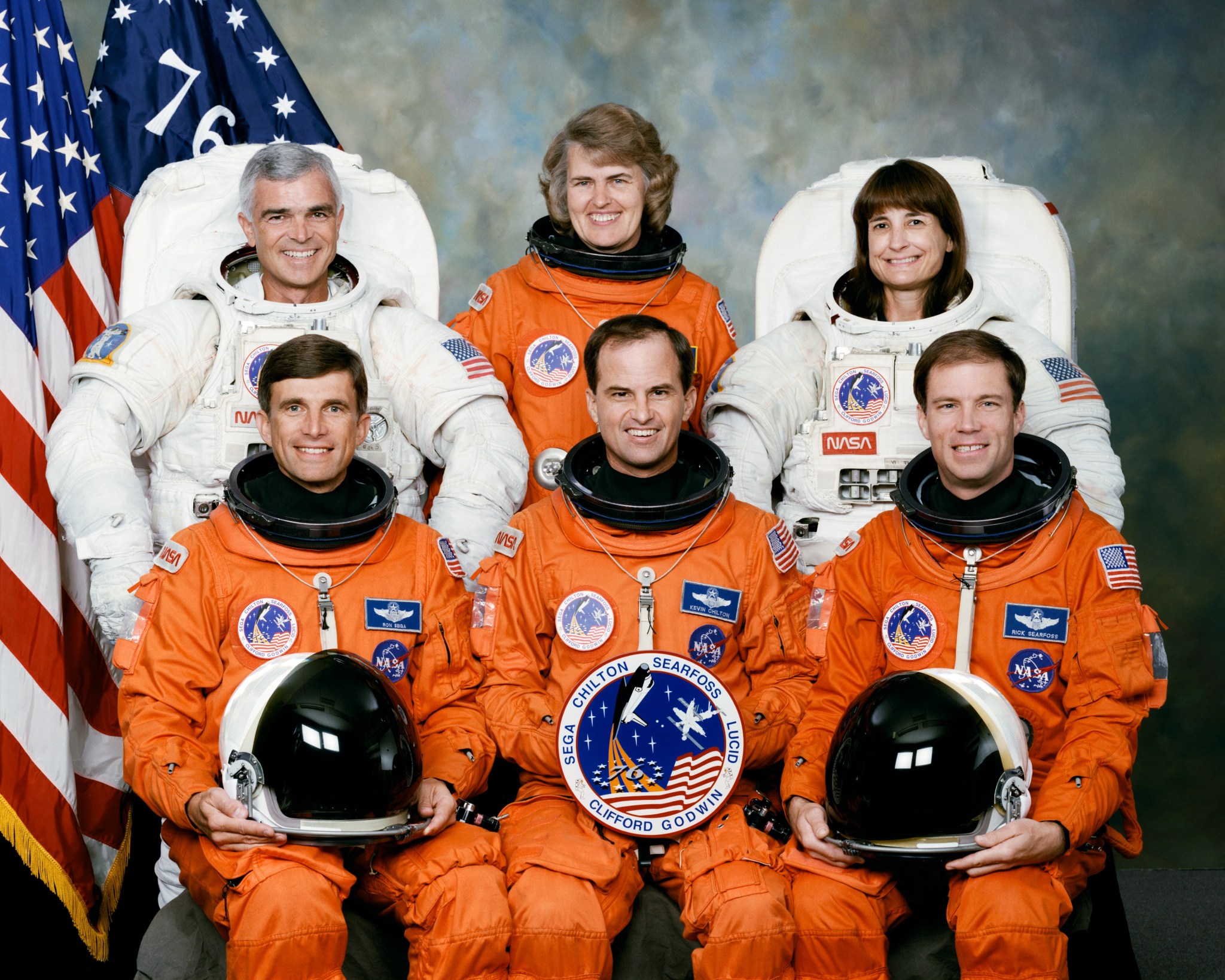
Mission Facts
Mission: Third Shuttle-Mir Docking; SPACEHAB
Space Shuttle: Atlantis
Launch Pad: 39B
Launched: March 22, 1996, 3:13:04 a.m. EST
Landing Site: Edwards Air Force Base, Calif.
Landing: March 31, 1996, 5:28:57 a.m. PST
Runway: 22
Rollout Distance: 8,367 feet
Rollout Time: 55 seconds
Revolution: 145 (estimated)
Mission Duration: 9 days, 5 hours, 15 minutes, 53 seconds
Orbit Altitude: 160 nautical miles
Orbit Inclination: 56.1 degrees
Miles Traveled: 3.8 million (estimate)
Crew
Kevin Chilton, Commander
Rick Searfoss, Pilot
Ron Sega, Mission Specialist
Michael “Rich” Clifford, Mission Specialist
Shannon Lucid, Mission Specialist
Linda Godwin, Mission Specialist
Launch Highlights
The launch was set for March 21 pending the resolution of an issue concerning wiper O-rings on the nozzle-to-case joints on both Redesigned Solid Rocket Motors (RSRMs) flown on the previous mission, STS-75. A different situation from STS-71/STS-70 the O-ring issue that occurred in 1995 and affected the nozzle internal joint. STS-75 gas paths went through polysulfide adhesive to, but not past, wiper O-ring on nozzle-to-case joints. Similar gas paths were observed on previous missions, but STS-75 marked the first time two different gas paths were observed in one nozzle-to-case joint, and on both RSRMs. After review, managers concluded nozzle-to-case joint design was robust and safe to fly, and launch preparations proceeded. First launch attempt set for March 21 scrubbed prior to commencement of tanking operations March 20, due to concerns about high winds. Launch reset for March 22 proceeded smoothly to an on-time liftoff. During ascent, leak occurred in hydraulic system powered by Auxiliary Power Unit (APU) number 3. Leak stopped after hydraulic system shutdown on-orbit. Mission managers concluded system would remain stable and proceeded with plans for full-duration mission.
Mission Highlights
Third linkup between U.S. space shuttle and Russian Space Station Mir highlighted by transfer of veteran astronaut Shannon Lucid to Mir to become first American woman to live on station. Her approximately four-and-a-half month stay also will eclipse long-duration U.S. spaceflight record set by first American to live on Mir, Norm Thagard. Lucid will be succeeded by astronaut John Blaha during STS-79 in August, giving her distinction of membership in four different flight crews — two U.S. and two Russian — and her stay on Mir kicks off continuous U.S. presence in space for next two years.
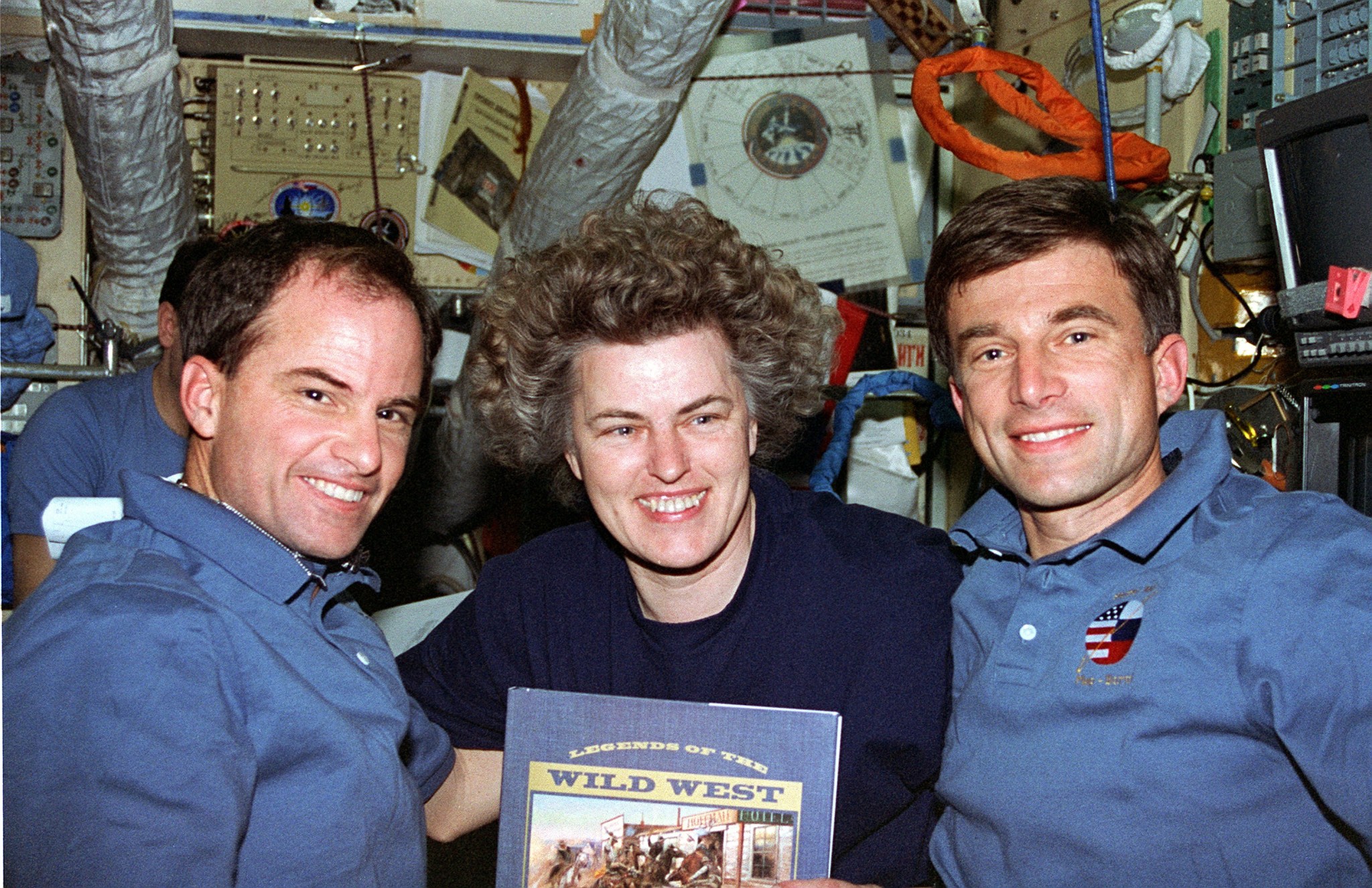
Payload bay configuration included Orbiter Docking System in forward area and SPACEHAB single module toward the aft. STS-76 marked first flight of SPACEHAB pressurized module to support shuttle-Mir dockings; single module primarily served as stowage area for large supply of equipment slated for transfer to space station, but also carried European Space Agency’s Biorack experiment rack for on-orbit research.
Atlantis hooked up with Mir on flight day 3, following same R-bar approach employed on STS-74. Actual connection between Orbiter Docking System and Docking Module attached to Kristall module docking port occurred at 9:34 p.m. EST, March 24. Hatches opened a little less than two hours later. Awaiting Atlantis’ arrival were Mir 21 Commander Yuri Onufrienko and Flight Engineer Yuri Usachev, who were launched to Mir on Feb. 21. In July, they will be joined by Mir 22 Commander Gennady Manakov, Flight Engineer Pavel Vinogradov and French Space Agency cosmonaut researcher Claudie Andre-Deshays. After two-week stay Andre-Deshays will return to Earth with Onufrienko and Usachev while Manakov and Vinogradov remain on board with Lucid.
During five days of docked operations, about 1,500 pounds (680 kilograms) of water and two tons of scientific equipment, logistical material and resupply items transferred to Mir; experiment samples and miscellaneous equipment brought over to orbiter. In Biorack, 11 separate scientific investigations were conducted. Study topics included effect of microgravity and cosmic radiation on plants, tissues, cells, bacteria and insects and effects of microgravity on bone loss. Also transferred to station were Mir Glovebox Stowage (MGBX) equipment to replenish glovebox already on station; Queen’s University Experiment in Liquid Diffusion (QUELD) flown in orbiter middeck locker; and High Temperature Liquid Phase Sintering (LPS) experiment.
On flight day six, Godwin and Clifford conducted first U.S. extravehicular activity (EVA) around two mated spacecraft. During six-hour, two-minute, 28-second EVA, they attached four Mir Environmental Effects Payload (MEEP) experiments to station’s Docking Module. Experiments designed to characterize environment around Mir over an 18-month period. Two spacewalkers wore Simplified Aid For EVA Rescue (SAFER) propulsive devices first flight-tested during STS-64.
Other payloads: Shuttle Amateur Radio Experiment (SAREX); KidSat, a project that gives middle school students opportunity to participate in space exploration; and Trapped Ions in Space (TRIS), a Naval Research Laboratory experiment flown in Get Away Special canister in cargo bay.
STS-76
Shuttle News
Retired Space Shuttle Locations
Shuttle Atlantis – Kennedy Space Center Visitor Complex Shuttle Discovery – Steven F. Udvar-Hazy Center Shuttle Endeavour – California Science…
Read the Story





